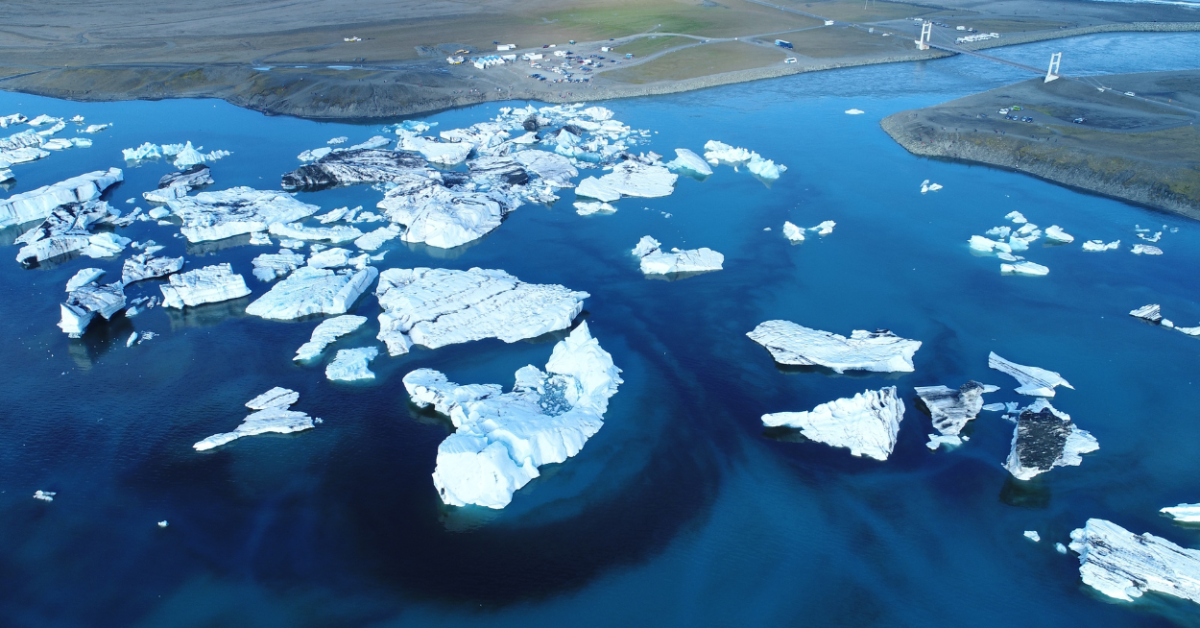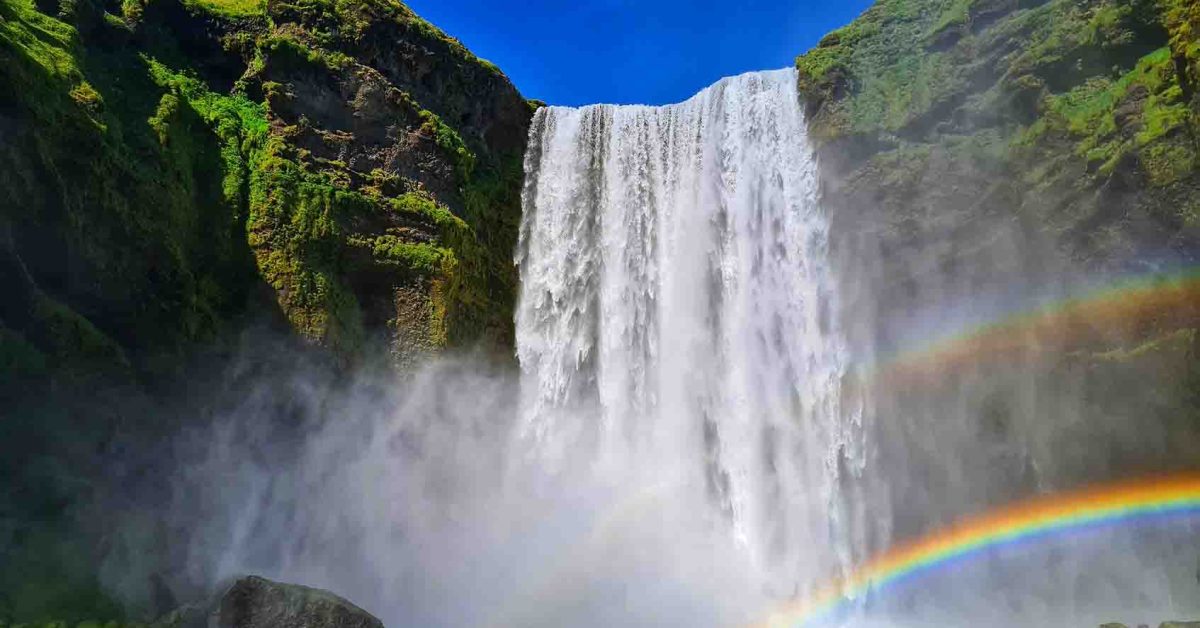Vestmannaeyjar Archipelago
Vestmannaeyjar Archipelago
You probably have seen photos of the “Elephant Rock” on the internet and pictures of an island with only a building on it. Those are some of the most famous images from Iceland that you will see online, but where were they taken? Westman Islands! or Vestmannaeyjar Archipelago.
Located in the South of Iceland, Vestmannaeyjar is an archipelago with 15 islands and 30 rock stacks. It is one of the most exciting places in Iceland, as it has a rich and not-so-happy history and rich geology.
The history of the Westman Islands begins after Iceland was settled for the first time by Ingólfr Arnarson, who came to the island with his wife and their slaves. A few years later, his half-brother joined him.
Shortly after that, Ingólfr Arnarson was killed by two of his slaves. His half-brother wanted revenge on Ingólfr’s death and wanted to find the enslaved people and kill them. The enslaved people went to the Westman Islands to hide from the fear of the vengeful brother.
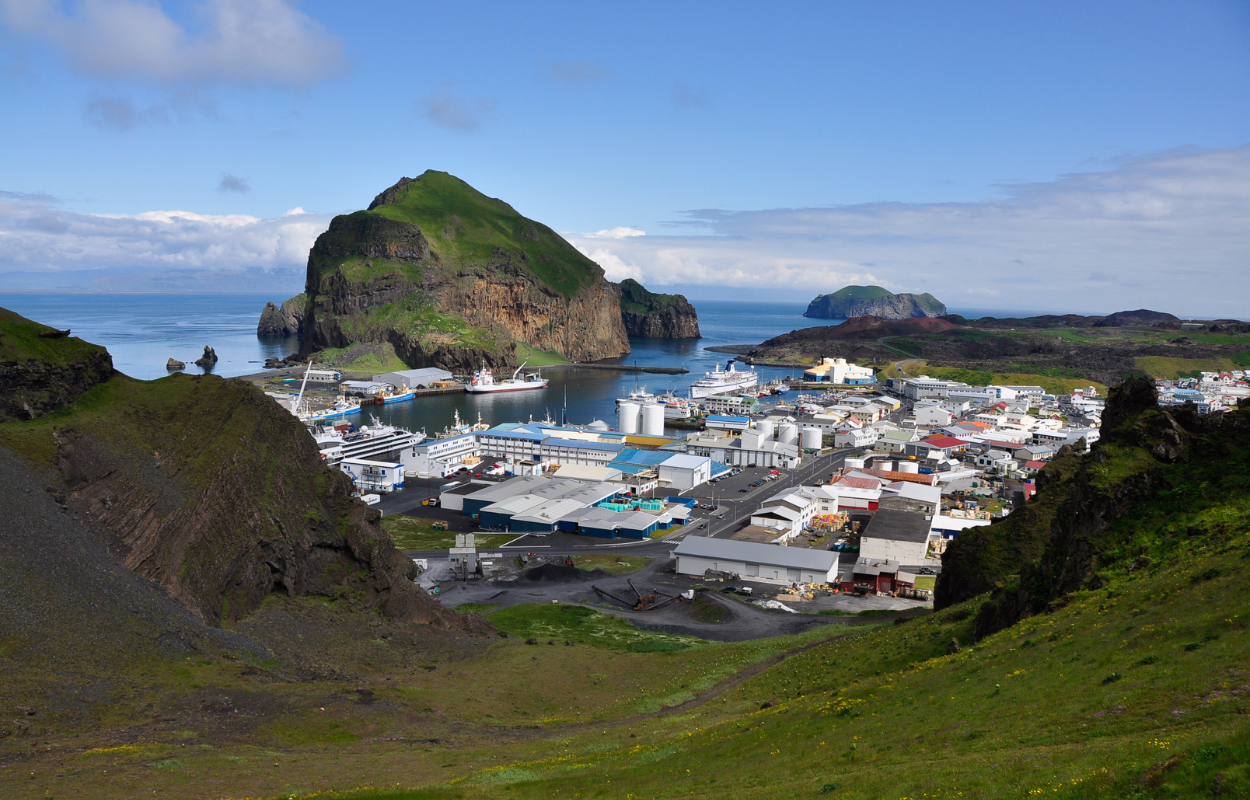
The enslaved people were caught and killed on the Vestmannaeyjar Archipelago, and since then, the islands have taken their name. The enslaved people were Irish and were called Westmen because, at that time, Ireland was considered the westernmost landmass before Iceland was discovered.
Further on, the history of the islands continued to be dark. The largest island in the archipelago is Heymaey, and some people have lived there since an early era. They used natural resources such as the ocean, puffins and bird’s eggs to live there.
In 1627, Barbary Pirates from Algiers took control of the island. They stayed there for three days and brought back home with them 237 slaves—the majority of people who were born as enslaved people lived their lives in bondage.
Another black chapter in the history of Vestmannaeyjar was in 1974. The islands were in a modern stage; their connection with the mainland was more robust and accessible. On the 20th of January at 1:55 am, a fissure opened in the middle of Heymaey town, and the Eldfell volcano started to erupt violently.
No one was killed during this event, as the people were prepared for such unfortunate events. The lucky thing was that a strong storm had kept all the ships docked in the harbours a day before, so when the volcano started to erupt, everyone on the island was saved by being transported to the mainland with the ships.
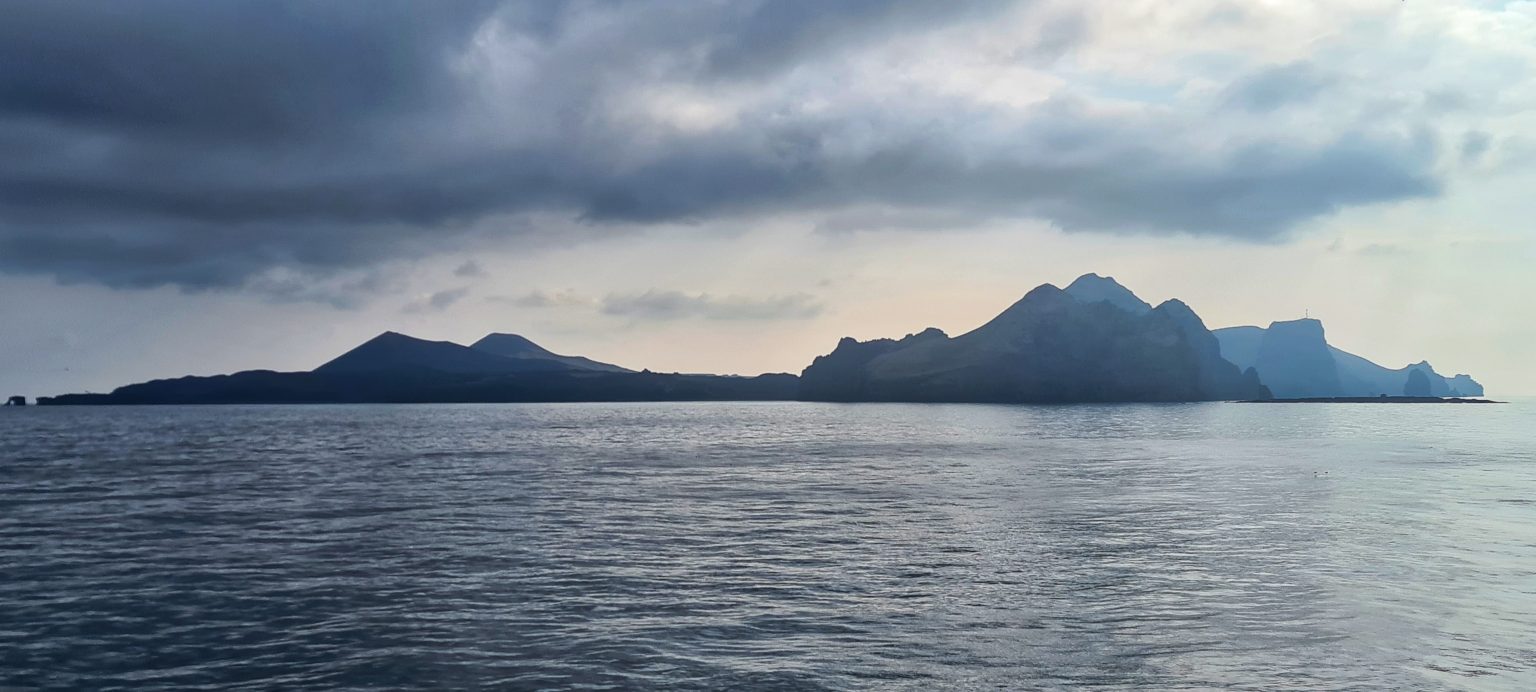
The whole town was covered with lava and volcanic ash. Three thousand five hundred houses were destroyed, and the Icelandic authorities were desperate to help the inhabitants as much as possible. At that time, there was a US-NATO base in Iceland, and they helped the authorities face the force of nature.
They used a new technique that proved effective in protecting the harbour. They pumped the seawater on the lava flows to cool it down and to change its direction. In this way, they managed to save the harbour, and after the eruption ended, people repopulated the island.
Now, they use their history to attract people, and Vestmannaeyjar was one of the most visited places in Iceland until the pandemic happened.
There is a museum where you can see pictures and learn about the eruption that happened in 1974, and also you can see the volcano’s crater.
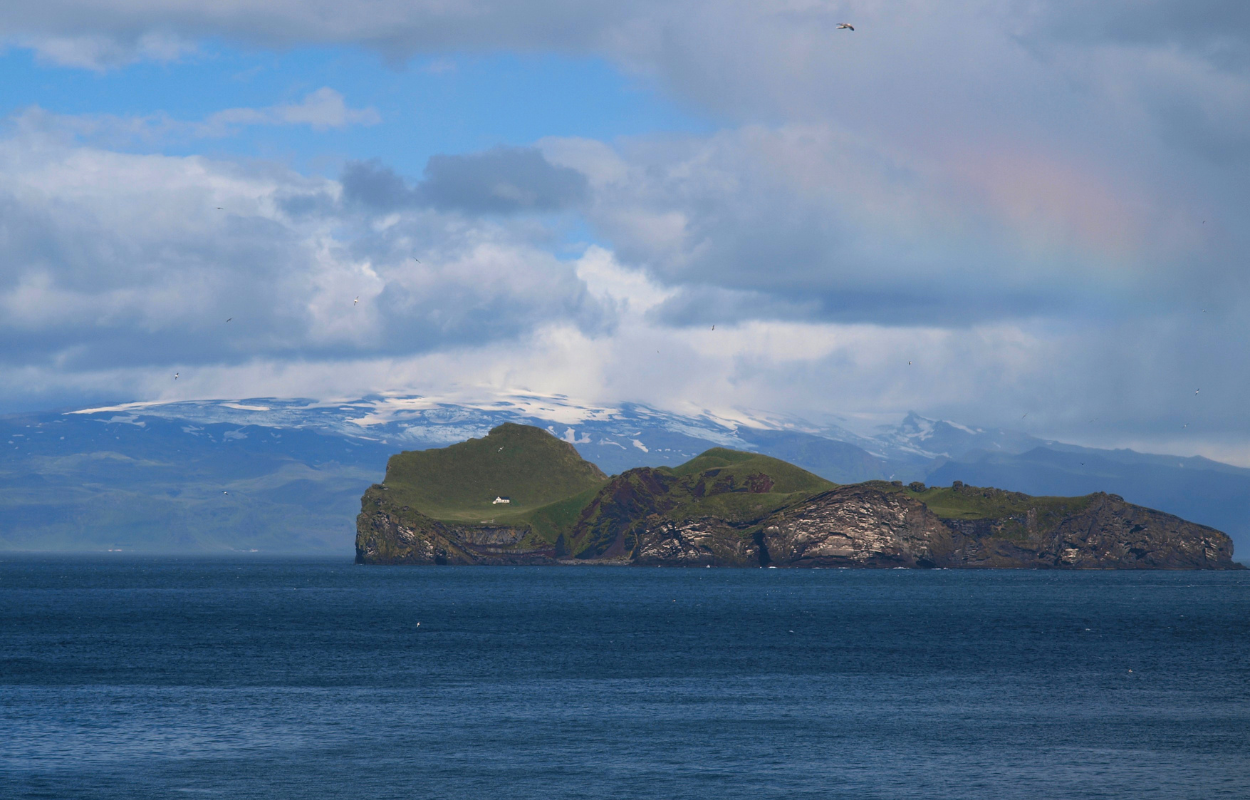
Vestmannaeyjar has many experiences to offer. It is the place with the largest population of Atlantic Puffins. Although, puffins are coming later than in the rest of the country.
During August, when puffins are leaving, there is an interesting phenomenon that you might experience there. The moon’s light guides puffins to fly from the islands to the ocean, but because of the lights in Heymaey town, they get distracted and end up in the streets.
Every year, kids take the puffins found on the streets to the vet to be checked before getting released on the cliffs. If you are lucky, you can participate in this action too, but remember that nothing is guaranteed. Many other species of birds are nesting on Westman islands.
Regarding wildlife, the Westman Islands also offer the chance to see whales. There is also a Beluga Whale sanctuary, the first of its kind worldwide.
On the boat tours organized around the islands, you can also see the summer Fin, Minke, and Humpback Whales and Orcas throughout the year. Also, people are interested in seeing and taking pictures of the “Elephant” rock on the boat tours.
To get to Westman Island, there are two options: take the ferry or fly from Reykjavik domestic airport. The ferry may be the easiest way as you can go to the ferry harbour if you are around the area.
Before the pandemic, the ferry tickets were booked in advance and always fully booked. You can take your car on the ferry also, but you have to book in advance as a limited number of vehicles can be taken on the ferry.
Of course, you can go there without a car; the island is small and can be discovered on foot if you are lucky, and the weather is beautiful. If the weather is terrible, you may need a car.
Also, if you are on Heymaey Island and the weather is bad, the price for the ferry is changing, and you may be sent to another harbour to take the ferry.
The island is very visited during the summertime as then the weather is beautiful and less changeable during the day. Check visitwestmanislands.com for ferry prices.
For visiting the Vestmannaeyjar Archipelago, we recommend giving it a full day or two. Book a boat trip to explore the islands from the sea.













